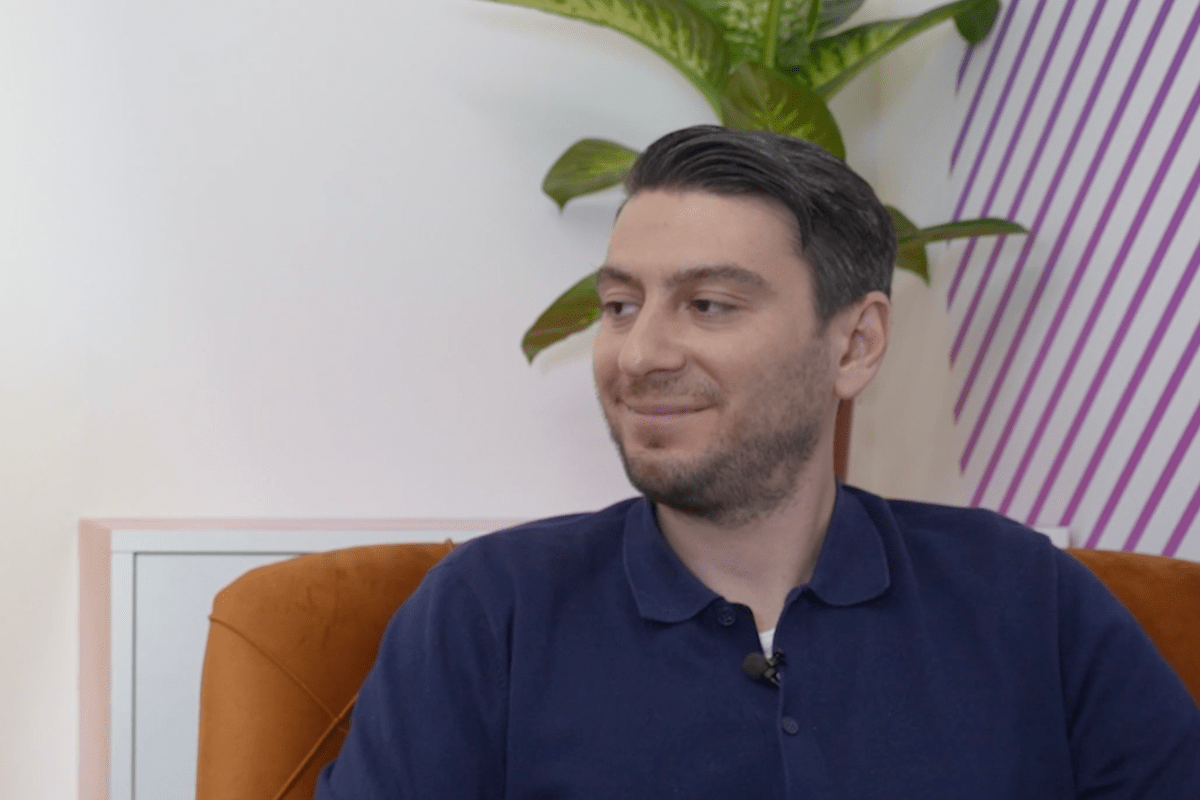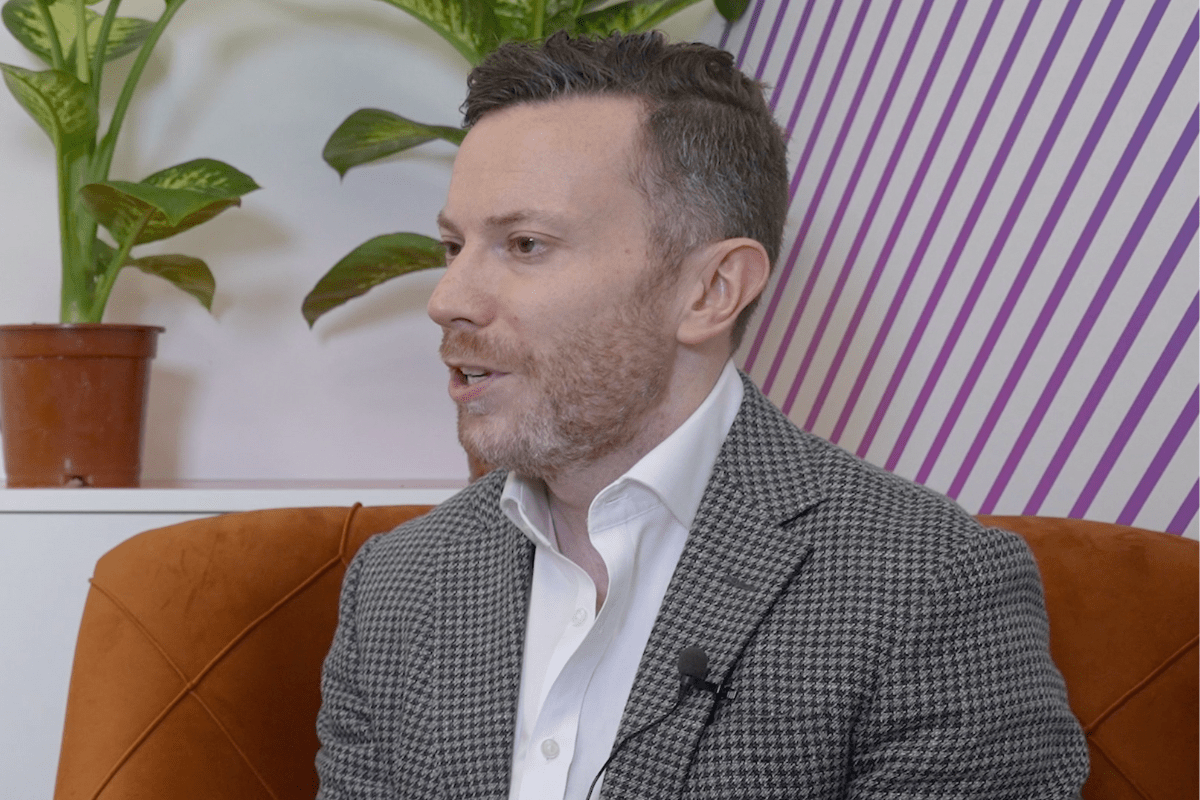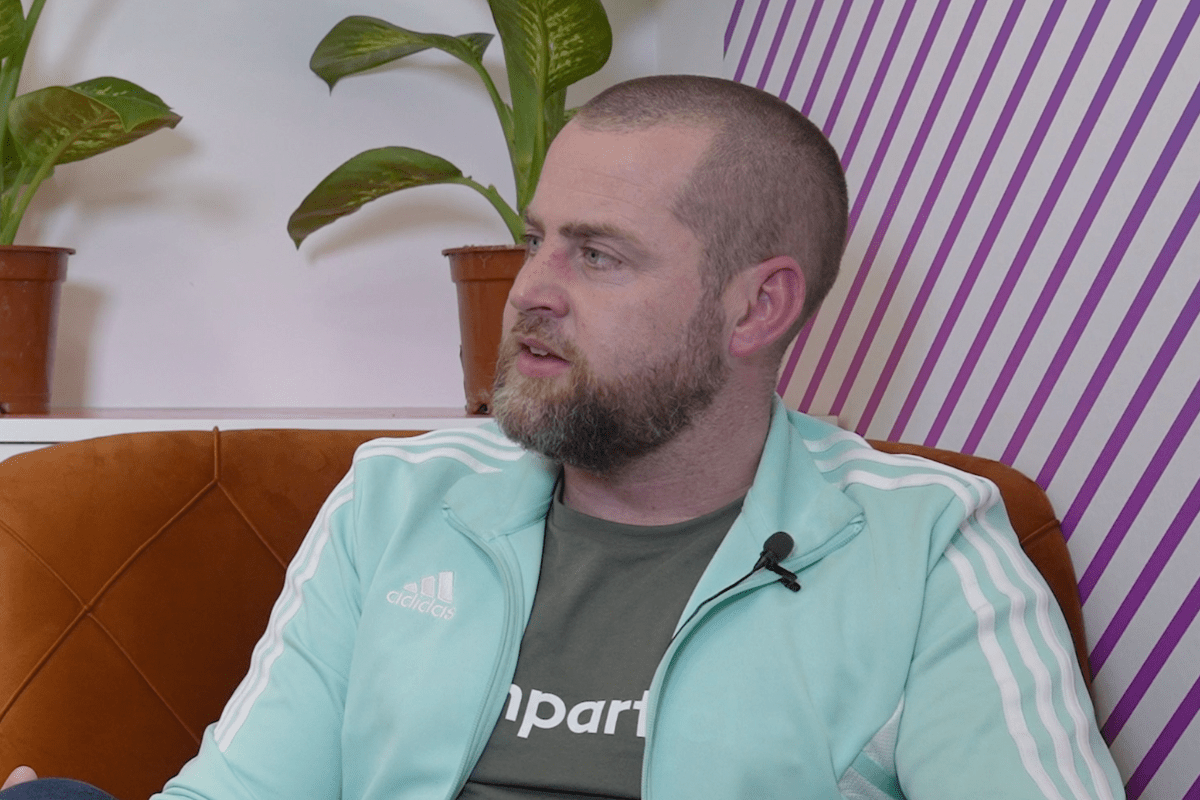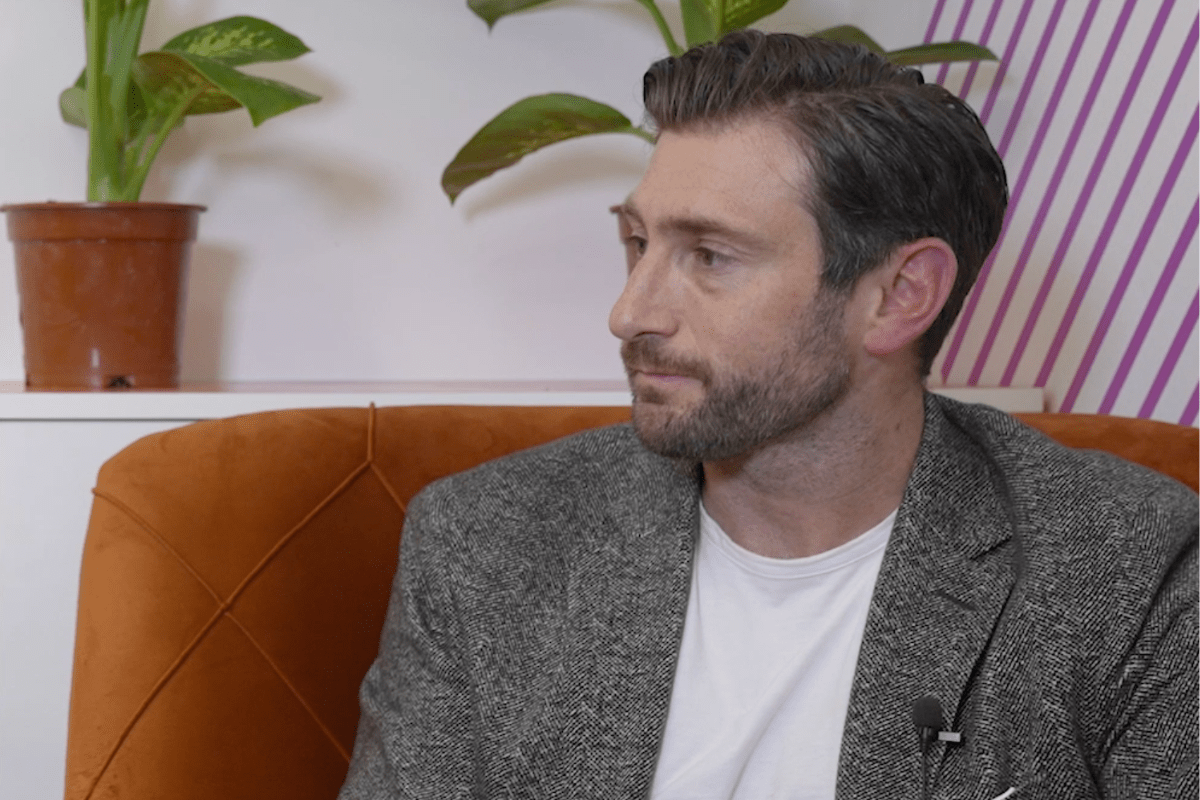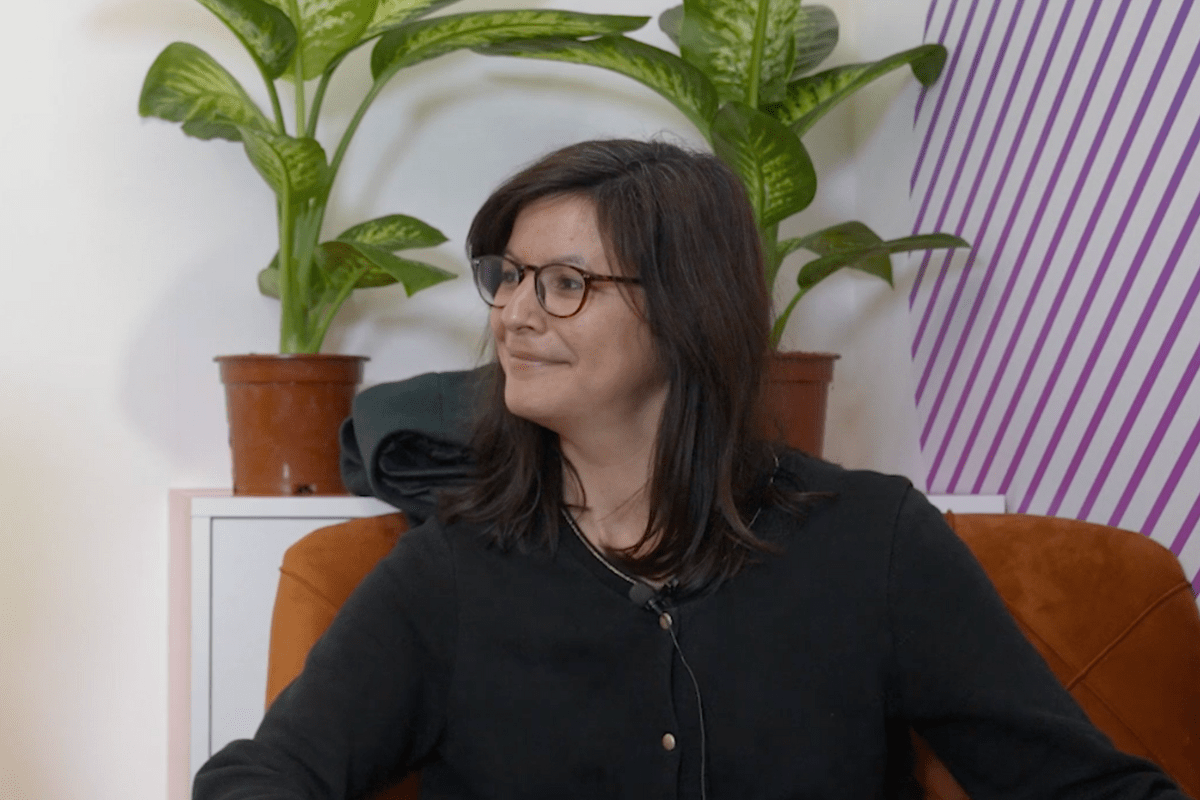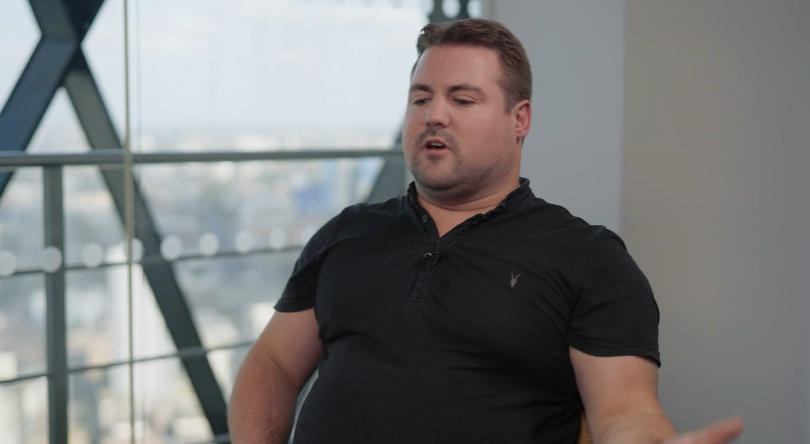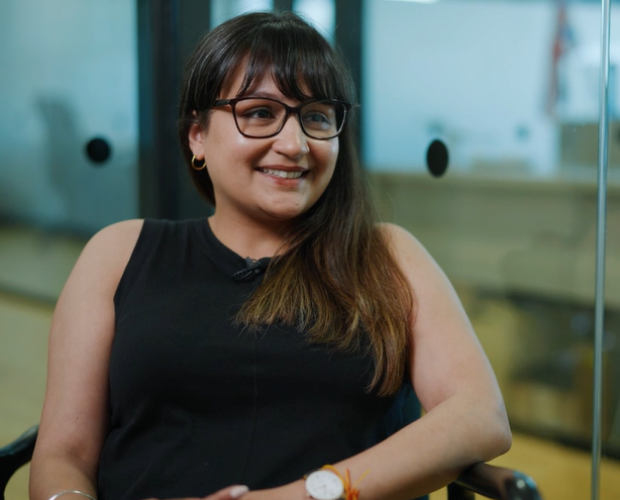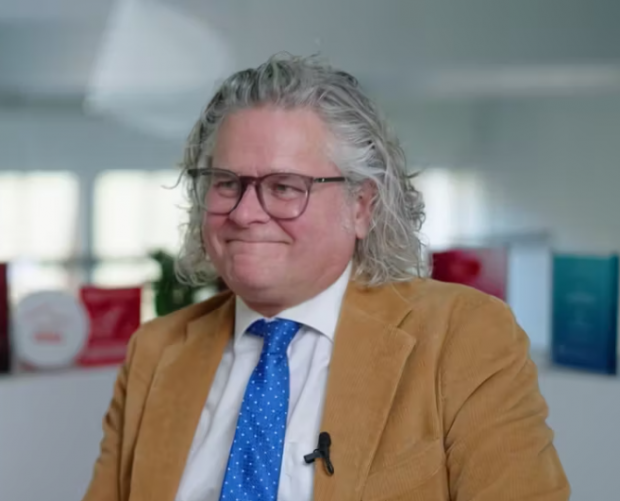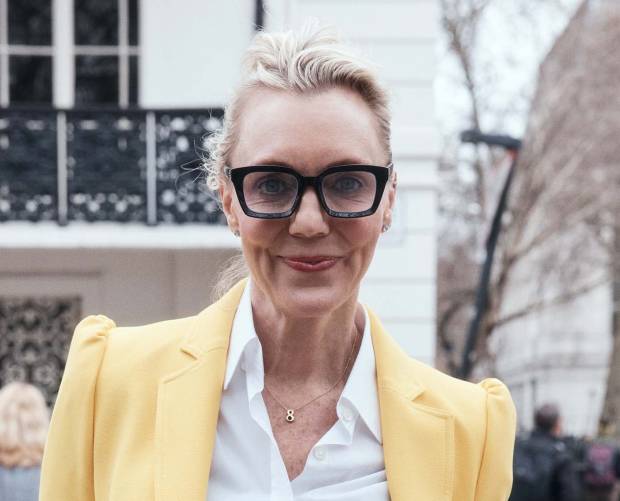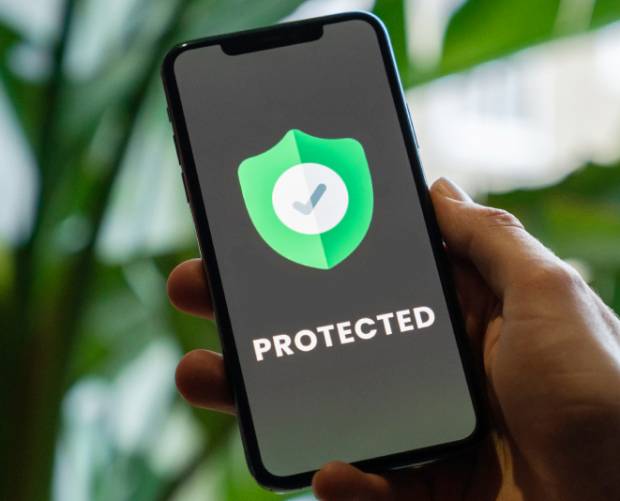 DM: So Motti, give us the low-down on Telmap please.
DM: So Motti, give us the low-down on Telmap please.
MK: Sure, we are 10 years old, and we provide Location-based Services (LBS) on a white-label basis to Tier-1 carriers across the world, including Vodafone, Orange, O2 Telefonica and SingTel. This includes mapping, local search and navigation. We have 200 staff, we are privately held by Science Navigation Group. Our headquarters are in Israel, we have R&D in Romania, and sales offices around the world. And we have 4.5m active users.
We support more than 700 devices, and we can turn on support for any new device in 48 hours, which is crucial when you are working with operators, who want to deploy across multiple devices. All our deployments include billing integration, which allows for in-app purchases, and local content integration. Channel marketing team has lot of knowledge as to what it successful. And it is always operator-branded, so Vodafone Find & Go, Orange Maps, etc.
DM: OK, and where’s the business heading?
MK: For the past three years, it has become clear to us that navigation will become a commodity, as the big players like Nokia, Google and Microsoft enter the market, and the smaller companies like Wayfinder disappeared. The PND (Personal Navigation device) market has also started to suffer. Recent results from TomTom and Garmin show the market shrinking by 22 – 25 per cent.
This is because mobile consumers want more than just a navigation system. They want the Tweets, Facebook and Foursquare checking, City Guides, Friendfinder, Car Locator, all these things.
So as the needs of the users are changing, we came up with the concept of a Location Companion, rather than a Navigation System. It’s about providing people with services that will enrich their on-the-go experiences. We are not competing with tablets or the PC screen. When you are on the go and need to interact with stuff around you, this is where Telmap wants to support you.
There are three pillars to our offering. The basic level is mapping, navigation and local search. These are the ticket to the game. Then on top of that, you have these three pillars, which are local content; social and community interaction; and relevant offers.
DM: OK, so tell us about local content.
MK: The brands that are relevant to a French lady in France are different to the brands that are relevant to an English lady in England. So if you want to book a table at a restaurant in the UK, you would go to TopTable, but if you wanted to hire a bike in Paris, you would use Velibe.
Google’s approach to this would be to say that they will aggregate it for you, but when you are on the go, you are looking for a different experience. You do not have time to check 20 results coming from Google. You want to see a result that comes from a trusted source and be confident that the data has been validated. So this is where we bring the brands into the application. Working with the operators we have great distribution, which gives us a platform to fight against Google’s brand, because we will embed our app in every device, and that is good news for local content owners.
DM: So how does it work in practice?
MK: So in the UK, for example, we sell the Good Pub Guide we sell as a premium on top of our app, which powers Orange maps in the UK and the revenue is shared between the operator, Telmap and the brand, in this case, the Good Pub Guide. It’s good for the brand because distribution is one of their biggest issues.
DM: So how do you give the brand’s app the visibility to get people to download it?
MK: There are various ways to expose content in the app. It could be a teaser widget. We also have a store within our app for users to explore. And of course, the operators can push out messages to tell their customers about these apps.
DM: And to put this in context, how many brands/content owners do you typically work with on each operator deployment?
MK: Obviously, it varies, but with Orange France, we currently have 11, and there are another four coming on board in the next few months.
DM: And they are all paid-for apps?
MK: No, some are free, they just want the eyeballs. Here, we take a share of the revenue from bookings made from within the app. So TripAdvisor is a good example of this. Then there are some where we do a revenue share on the advertising within the app.
DM: OK, so tell us about the social and community interaction.
MK: For this, we rely on users to see all their social interactions in one place when relevant to location. So a heavy Twitter user sees tweets nearby from people they follow if they have location attached to them. With Facebook, you can use Places, check in, and do status updates, all attached to a location. We are also building a driver community where drivers can report traffic status, speed camera location, roadblocks. It empowers the community to improve the navigation experience. Like Wikango in France.
DM: OK, and what about relevant offers?
MK: Today, it is very easy to secure one fifth of the mobile screen, and buy banners from AdMob or one of the other networks. Usually, this is totally detached from what we are doing. It has no context, no location relevance, and carries no benefit.
So we created clear rules on relevant offers. We need to know the user context, whether he was searching, or driving to the office maybe. The second point is that campaigns much have location relevance, so if I am looking for a fast-food restaurant in London, don’t tell me about McDonalds in Manchester. Or even a McDonalds that is more than 700m away. When you know my context and location, you can deliver some benefit to me. We have done a lot of trials on this, and people told us very clearly that when you do things this way, people no longer see it as an ad, but as a service. And we will be taking this on in the future, building our offering with vouchers and coupons.
DM: OK, I get a good feel for how you work, but tell us about your business model with the operators. They pay you for your platform, job done, presumably?
MK: The operator buys a licence fee for core mapping, navigation and search services. They are committed to putting it on every device. We have competitive pricing from the data provider, Navteq, and we also have good control of our operational costs, so we have come up with a business model that allows the operator to introduce free navigation on any tariff. We are doing this with O2 and Vodafone in Germany, Orange in France, Vodafone in Italy, MTS in Russia, and one or two others.
But then on top of the core, free service, we offer a premium package, which gives high definition traffic, the community I mentioned earlier, delivering traffic alerts, gas (petrol) prices and parking availability. This is charged to the end user at €5 per month, of which we take a share. The business model with the operator is designed so that if they have an attachment rate of just 15 per cent to any of the premium services, that’s all they need offset their investment in the initial licence. Anything over that is profit. Plus of course, they own the brand, consumer loyalty, etc.
We are also generating revenues from advertising. We connect to networks than can handle the three rules I mentioned earlier, like local Yellow Pages, and Navteq’s LocationPoint, and take a share of the ad revenue.
DM: Good stuff, and anything else we should look out for from Telmap this year?
MK: We are focusing on the three pillars. We believe we will be your companion when you are on the go. We know your location and behaviour, and based on that, we will offer you the right stuff at any given point in time, and we want to do that across Europe.




